Syria-300x200.jpg" alt="Cholera Feared In Syria Due To Dirty Water, Who Warns (Photo : World Bulletin)" width="371" height="247" /> Cholera Feared In Syria Due To Dirty Water, Who Warns. (Photo : World Bulletin)
Damaskus, 7 Jumadil Awwal 1436/26 February 2015 (MINA) – A cholera outbreak is feared in coming months in Syria, where other water-borne diseases such as hepatitis A and typhoid are on the rise due to poor sanitation, the World Health Organization (WHO) warned on Tuesday.
Safe drinking water is available at about one-third of the level it was before the conflict erupted nearly five years ago, and supplies are cut-off to punish civilians at times, it said.
Some 31,460 cases of hepatitis A were reported in Syria last year and more than 1,000 cases have been recorded per week since January, said Dr. Elizabeth Hoff, WHO representative in Syria, world Bulletin quoted by Mi’raj Islamic News Agency (MINA) as reporting, Thursday (26/2).
“This normally we see when the weather is warmer and so on. But it just tells you people no longer have the same access to safe drinking water as before,” Hoff told a news briefing.
Also Read: Syria, Jordan Condemn Netanyahu’s Visit to Occupied Syrian Buffer Zone
“Going into the warmer season, what we are particularly concerned about … is cholera, this is our main fear, but so far we haven’t seen it.
“But quite clearly the situation is going much more critical,” she added. “Water has been used for political dividends and has been turned off to certain areas and that leads people to drink water from unsafe areas,”
Cholera, an intestinal infection often linked to contaminated drinking water, causes severe diarrhoea and vomiting, leaving small children especially vulnerable to death from dehydration, according to the U.N. health agency.
Infectious diseases thrive in overcrowded conditions and poor hygiene. The WHO appealed for $116 million to provide medicines and health care services to 12.2 million people across Syria this year.
Also Read: UNIFIL Reports Over 7,300 Israeli Violations of Lebanese Airspace Since Ceasefire
Some 25,000 people are wounded each month, requiring surgical supplies, safe blood transfusion and anaesthetics, it said. On Sunday, WHO delivered critical medicines and supplies to the eastern part of Aleppo.
More than 2.7 million people live in areas controlled by the ISIL, whose forces have sought some medicines from the WHO through non-governmental organisations, although the Syrian Arab Red Crescent delivers more aid, Hoff said.
A further 4.8 million reside in hard-to-reach areas which are inaccessible due to fighting, she said.
“We are moving towards a worse situation and some of the areas going back to being besieged. Here I would like to mention for example Deir al-Zor city, this is now government-controlled but being besieged, with a population of 150,000,” Hoff said.
Also Read: Russia Condemns UN Gaza Resolution, Says It Contradicts Palestinian Statehood
Moadimiya, a Damascus suburb with 35,000 people, and Mharda, a government-held town of 10,000 in Hama province, are now considered besieged, she said. (T/P002/P3)
Mi’raj Islamic News Agency (MINA)
Also Read: Israeli Airstrike on Palestinian Refugee Camp in Lebanon Kills 13





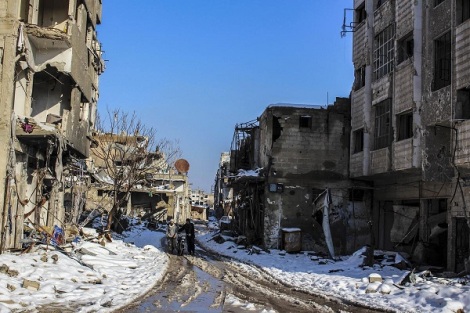



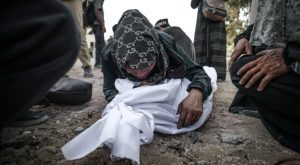




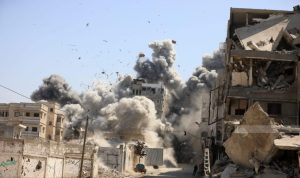

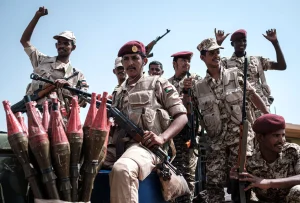
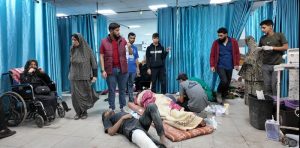















 Mina Indonesia
Mina Indonesia Mina Arabic
Mina Arabic